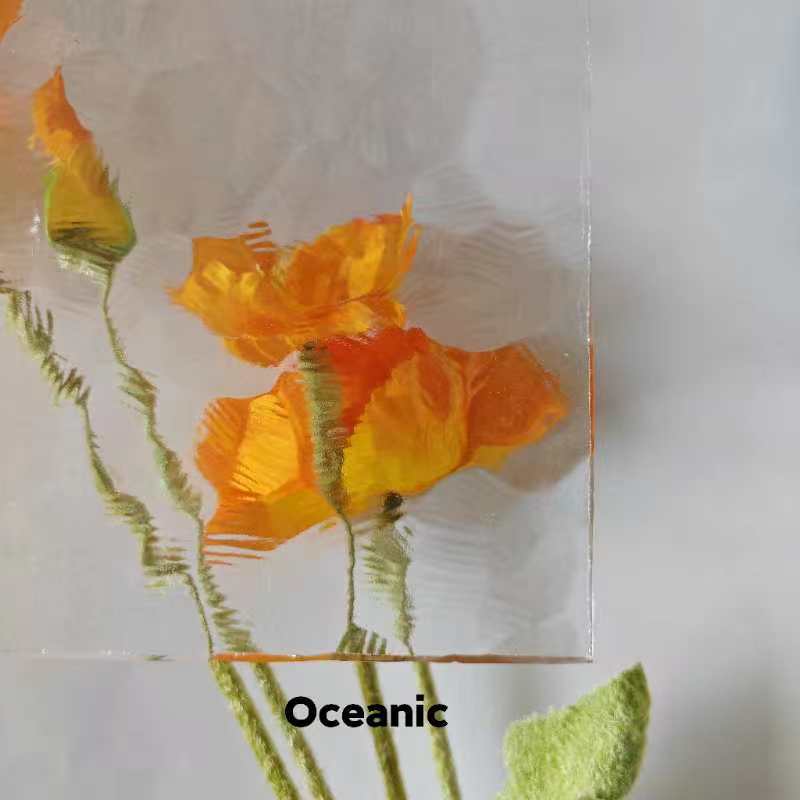

The Versatility and Applications of Float Glass Sheets
Float glass sheets, a cornerstone of modern glass manufacturing, have revolutionized the way we utilize glass in both functional and aesthetic applications. Developed in the 1950s, the float glass process involves floating molten glass on top of molten tin, creating a smooth, uniform surface that has become a standard in glass production. This method not only enhances the clarity and quality of the glass but also allows for the creation of large, continuous sheets that are ideal for various applications.
Characteristics of Float Glass Sheets
One of the defining features of float glass sheets is their excellent optical clarity. The float process eliminates the distortions and defects often found in other types of glass, resulting in a material that is not only clear but also possesses a high level of flatness. This quality makes float glass particularly suitable for applications where visibility is paramount, such as in windows, facades, and display cases.
Float glass is also notable for its versatility. It can be produced in various thicknesses and dimensions, making it adaptable for an array of uses—from residential and commercial buildings to automobiles and furniture. Moreover, float glass can undergo a variety of treatments, including tempering, laminating, and coating, which further enhance its properties, such as strength, thermal resistance, and energy efficiency.
Applications in Architecture and Construction
In the realm of architecture and construction, float glass sheets are extensively used for glazing. The clarity and aesthetics of float glass make it a preferred choice for windows and curtain walls. Architectural designs often incorporate large glass panels to create a seamless connection between indoor and outdoor spaces, promoting natural light while providing thermal insulation and sound proofing.
Additionally, the use of float glass in energy-efficient buildings has gained popularity. Low-emissivity (Low-E) coatings can be applied to float glass to minimize heat transfer, making buildings more energy-efficient. This capability meets growing demands for sustainable construction practices, aligning with global initiatives to reduce energy consumption and carbon footprints.
Float Glass in Interior Design

Beyond construction, float glass sheets play a vital role in interior design. They are used in a variety of applications, including glass partitions, shower doors, and decorative elements such as table tops and shelving. The ability to customize the thickness and finish of float glass allows designers to create unique and stylish interiors, enhancing both functionality and aesthetic appeal.
Mirror glass, made from float glass, serves as another popular application in interior design. Mirrors not only add depth to space but also serve practical purposes, such as enhancing lighting and providing a sense of openness, especially in smaller areas.
Automotive Use of Float Glass
The automotive industry also relies heavily on float glass sheets. Windshields and windows manufactured from float glass are designed to provide safety, clarity, and UV protection. Advanced coatings can be applied to float glass used in automobiles to enhance durability, scratch resistance, and visibility during adverse weather conditions.
Environmental Considerations
As the industry evolves, the environmental impact of float glass production has become a significant consideration. The manufacturing process requires substantial energy, raising concerns about emissions and waste. However, the recycling potential of float glass is high, as it can be reclaimed and reused in new glass products with minimal quality loss. Many manufacturers are actively striving to implement more sustainable practices, including using recycled materials in the production process, thereby reducing the environmental footprint of float glass sheets.
Conclusion
In conclusion, float glass sheets are integral to numerous sectors, from architecture and interior design to the automotive industry. Their remarkable properties, including optical clarity, versatility, and potential for energy efficiency, make them a preferred choice for various applications. As manufacturers continue to innovate and embrace sustainable practices, the future of float glass appears bright, cementing its role as a vital material in modern design and construction. With ongoing advancements in technology and material science, the range of applications for float glass sheets is set to expand, promising even greater possibilities for creativity and functionality in the years to come.